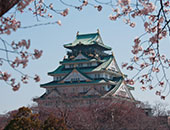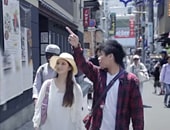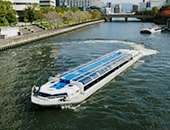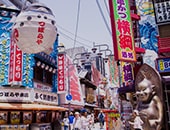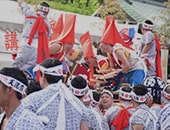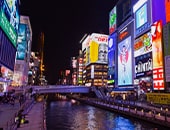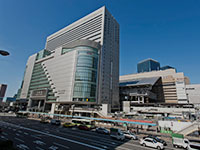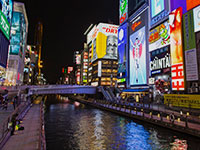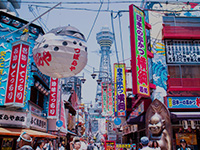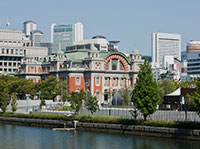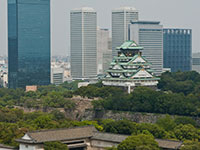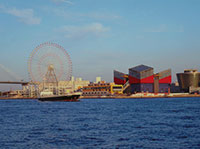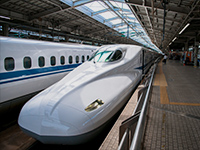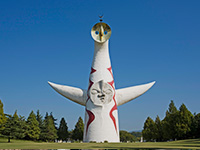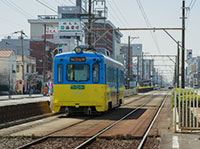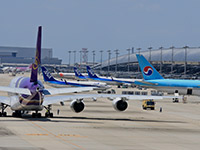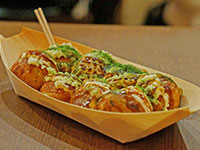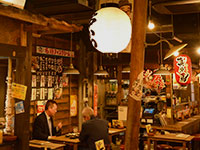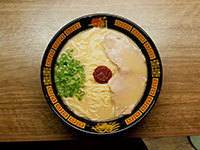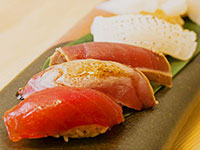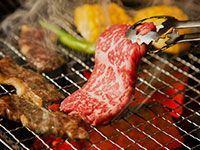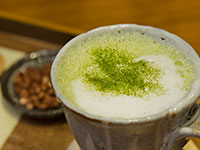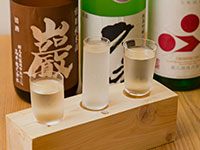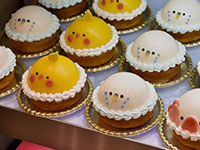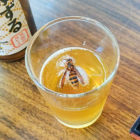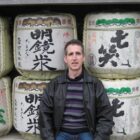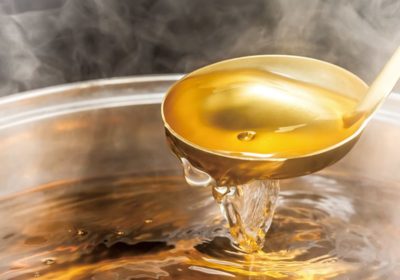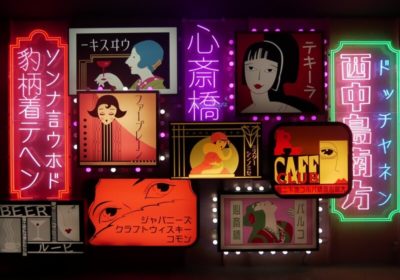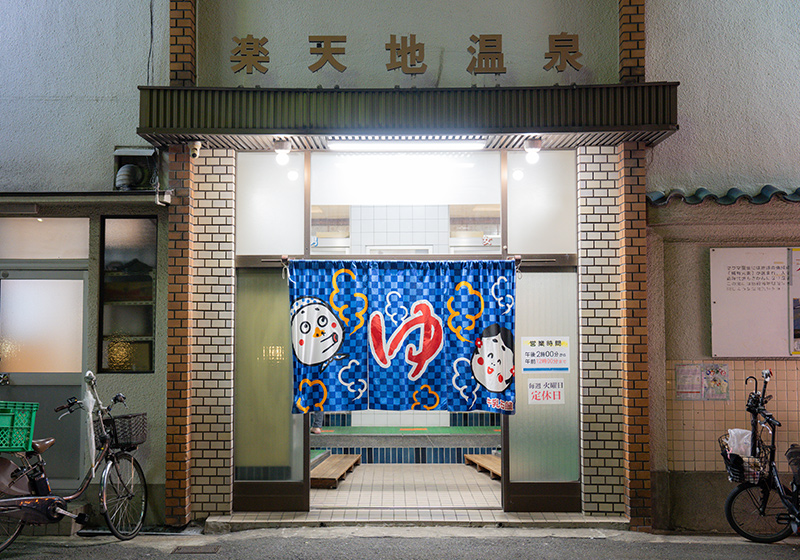

Supporter
Sentо̄ Recommendations in Osaka
Have you ever visited a local bath house in Japan. If your answer is no, then why not? Broaden your horizons, be brave, and dive right in! The mineral-filled hot waters will wash away your cares as you soak in the health benefits that come with warming your body inside and out.
There’s nothing quite like bathing in a Japanese bath house, called sentо̄ in Japanese. Sentо̄ differ from their onsen counterparts in that they do not necessarily use naturally heated thermal waters. Some may use natural hot spring water, but most sentо̄ have their own furnaces that are used to heat normal tap water for the baths. But of course that doesn’t mean there’s nothing special about these communal baths…
(Contents)
What’s in a Sentо̄/Japanese Bath House?

This isn’t just your normal bathtub—most tubs have some unique feature. And while there are different baths available at each sentо̄, here are some of the more common types of bath you may find on your trip to a Japanese bath house.
Denki Buro
For starters, there is the infamous denki buro which is a pool of electrified water. This may sound shocking, but the electricity is supposed to improve circulation, relieve joint pain and muscle tightness, and relieve exhaustion. You will notice light tingling when you get into the denki buro. You should feel invigorated when you get out.
*Please do not use the electric bath if you feel pain on entering or have any health problems, like a pace-maker. The recommended time to soak in an electric bath is only 3–5 minutes, so make it quick!
may sound shocking, but the electricity is supposed to improve circulation, relieve joint pain and muscle tightness, and relieve exhaustion. You will notice light tingling when you get into the denki buro. You should feel invigorated when you get out.
*Please do not use the electric bath if you feel pain on entering or have any health problems, like a pace-maker. The recommended time to soak in an electric bath is only 3–5 minutes, so make it quick!
Jet Bath
Then there is the jet bath. Imagine a jacuzzi, with jets of bubbles positioned to massage your lower back, shoulders, calfs, and the soles of your feet. In this bath, you can soak as long as you like and loosen up any tight muscles. Often the jet bath has seats, but every so often they are designed to be used in a reclining position. It is supremely relaxing!

Ko-On Furo and Tei-On Furo
The bigger bath tubs that are usually the most centrally placed tend to be the high temperature baths ko-on furoand low temperature baths tei-on furo, which are kept at a temperature around 43℃ and 40℃ respectively. It’s nice to have the luxury of choosing a temperature to match your mood.
Kusuri Buro
The kusuri buro are considered medicinal baths and they either use bath salts or are herb-infused to create an aromatic bathing experience. You may notice a light coloring in the water as well, like light green, pale purple, or hints of pink. The herbal aromas each have different effects on the body, which are listed (usually in Japanese) near the bath. Generally speaking these baths are relaxing, novel, and good for your health.
Mizu Buro
Also, keep your eyes out for the mizu buro. You’ll be surprised if you jump right in to this one, because it is freezing cold. Some sentо̄ do have saunas so you may want a dip in the cold waters if you are using the sauna. And it’s also common for people to go back and forth between the hot baths and the cold one. If you can’t read Japanese, you can identify this one easily because it is much smaller than the other baths. If you are unsure, dip a finger in first to test the waters!
Rо̄tenburo
Outdoor baths are some of the best. The water temperature is slightly lower than the indoor baths and you can enjoy the difference between the air and bath temperature. It’s extra refreshing to dip inside warm water after feeling the cold winter air on your skin or to soak in a tub when it is lightly raining.

The above are most of the more common baths you will find at a sentо̄. But keep in mind, this is not an exhaustive list of all the bath types.
Sentо̄ Public Bath Etiquette & What to Expect
If you’ve never been to a Japanese public bath house before, there will be a lot of things that may be new to you. Here are some of things you’ll need to prepare for and know ahead of time.
First of all, sentо̄ do not provide soap, shampoo, or towels. So you might want to bring some along with you. Many people visit sentо̄ near their houses, so they have a sentо̄ kit ready to go. But even if you don’t have your own kit, don’t let that stop you. Most sentо̄ have all the essentials available for sale. It will only cost you a few hundred yen.
As you approach the sentо̄, before you even get inside, you will see a pretty curtain (called noren) hanging at the entrance. Proceed through the noren curtain and remove your shoes to place in a locker. The lockers are usually fitted with wooden keys. You push a small wooden latch inward and the wooden key pops out. Take that with you.
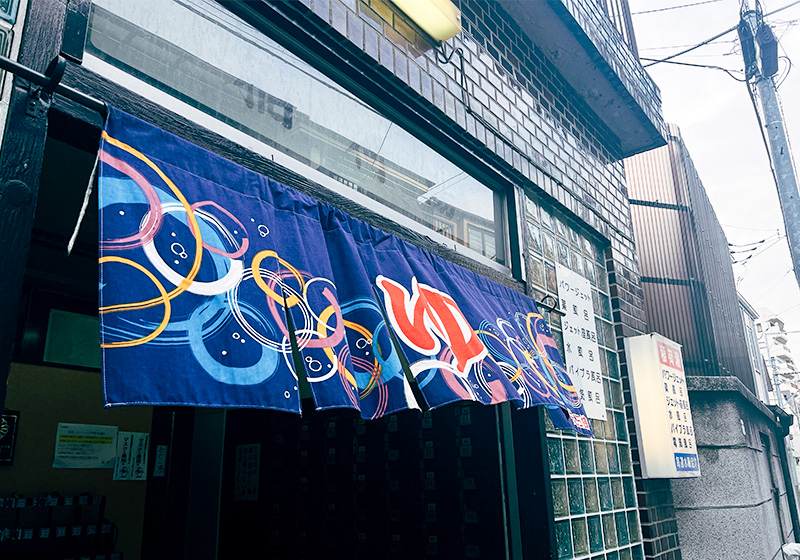

Once you are officially inside, you will see someone behind a desk. This is where you pay. The prices for sentо̄ in Osaka City generally :
Adults (Jr. High students and older): ¥520
Children (Elementary school age): ¥200
Children (Pre-school and younger): ¥100
Modern establishments may offer electronic payment options, but it is definitely best to bring cash.
After paying, head into the appropriate side of the bathhouse. There is usually a red curtain for the women’s side and a blue curtain for the men’s side. Then you will find yourself in the changing room. Here you’ll want to disrobe and leave any of your belongings in yet another locker. Usually coins are not required and lockers are free. There is usually a small tab on the side of the locker and the metal key will pop out. You can put this around your wrist while you bathe.


Take your shampoo and a small towel with you into the shower area. The towel can be used to cover part of your body, especially if you are shy. Find an empty spot and take a seat. Wash yourself thoroughly before entering the baths. There are often small handleless buckets in the bathing area which you are welcome to use while showering. You can also place your bath items in the bucket while you are bathing.


Here are a few more tips and good manners to keep in mind:
- Do not bring mobile devices or books, into the bathing area.
- Be sure to clean yourself thoroughly before entering the baths.
- Do not put anything, except yourself, into the bathtub. Do not soak your towel in the bath. Place it on a ledge or on top of your head while you are bathing.
- Tie up your hair if it is long to prevent it from getting into the bath water.
- Avoid making loud noises as this can disturb others who are enjoying the relaxing atmosphere.
- Respect the personal space of others.
Sentо̄ vs. Super Sentо̄ vs. Onsen
Sentо̄ are more of an every man’s bath house so you’ll see a lot of local patrons in the baths. Unlike super sentо̄ and onsen, they generally do not deny people who have tattoos so you’ll be welcome here with any body art you may have. They are also much cheaper than the other two, only costing a fraction of the fees for a more luxurious bathing experience. But this also means they do not have the same amenities as super sent or onsen. There is a lot of variety among the different sentо̄ in terms of the size and variety of baths. Hair-dryers are usually coin-operated.

Super Sentо̄ can be thought of as a deluxe version of sentо̄. They are generally much bigger and have multiple baths to choose from. They frequently have outdoor bathing options, saunas, and other frills.

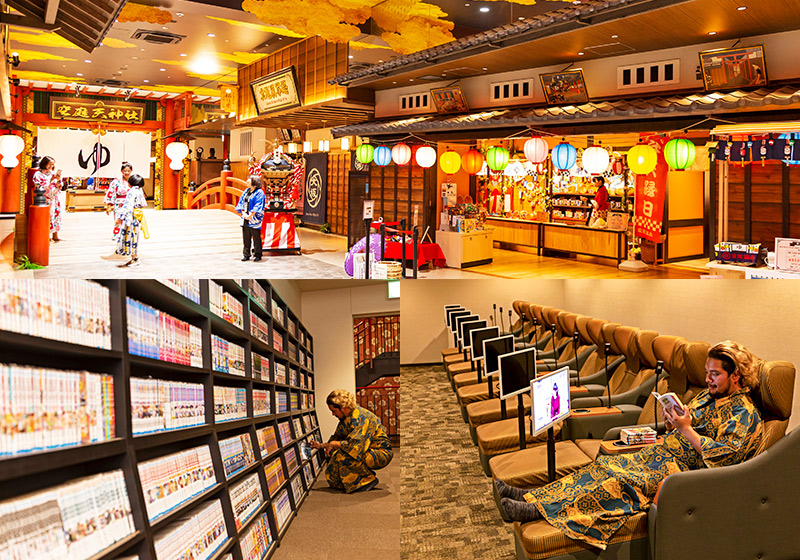
They may also have food and drink served directly outside the bathing area, sometimes within. They may have a bath or two with geothermal water, but many of the baths are artificially heated. They are generally very strict about tattoos. Prices vary, but often fall within the range of ¥1,000–¥3,000. Amenities like shampoo, soaps, lotions, etc. are provided free of charge.

Onsen are the real deal. These are the hot springs that Japan is famous for. They are often found in nicer hotels and sightseeing areas. Most do not allow tattooed patrons in the baths, but some are more lenient.

Expect to pay a little more than Super Sentо̄ prices, but when you stay in a hot spring hotel, use of the onsen is included in the price. Some hotels offer daytime use of the baths for a fee. Onsen offer similar facilities to super sentо̄ plus usually provide yukata robes to wear in the building.
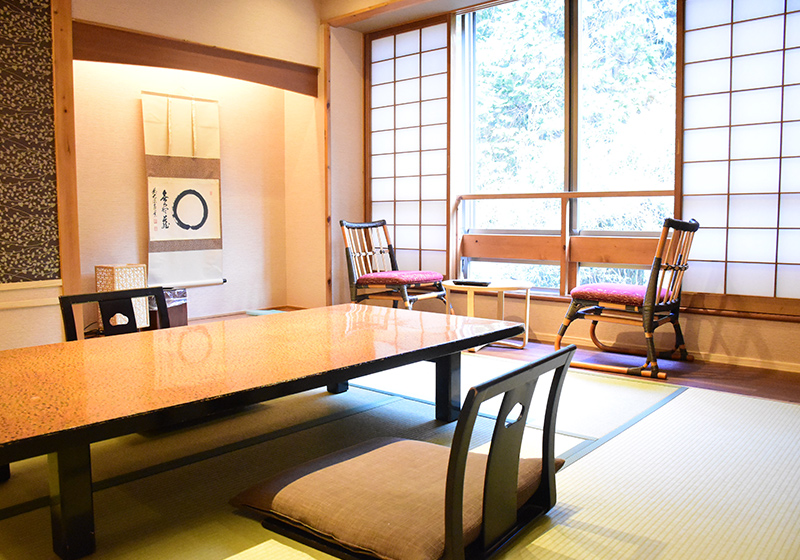
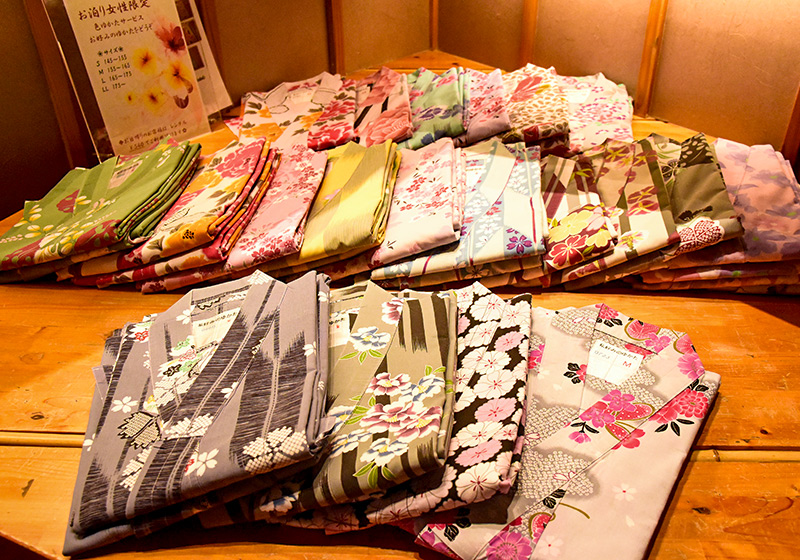
Sentо̄ Recommendations in Osaka
Currently, there are over 200 sentо̄ operating in the city of Osaka. And while I have only been to a fraction of those, I do have a few favorites:
Chidori-yu (Jitensha-yu)
Address: 2-12-20 Baika, Konohana-ku, Osaka
Closest station: Chidori Station on the Hanshin Railway
Website: https://jitenshayu.jp/
Healthy Onsen Tateba
Address: 2-14-19 Sakuragawa, Naniwa-ku, Osaka
Closest station: Sakuragawa Station on the Osaka Metro or Hanshin Railway
Website: http://www.tateba.com/
Terume Tatsumiya
Address: 2-3-35 Kousei, Minato-ku, Osaka
Closest station: Asashiobashi Station on the Osaka Metro
Website: http://www8.plala.or.jp/terume/
If you are interested in finding more sentо̄ and digging deep into reviews, I recommend visiting this page, which covers dozens of sentо̄ in Osaka and surrounding areas.
https://www.iloveyu.jp/reviews

Supporter
The contents of this page were current at the time it was posted, but may differ from the present.
Text visible in this map is based on information from Map Tiler and may differ from actual geographical names.



